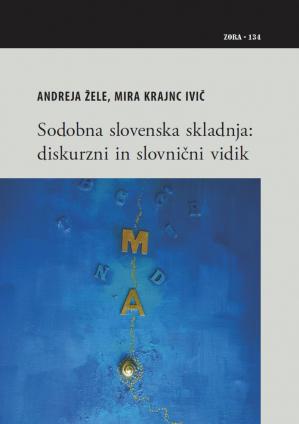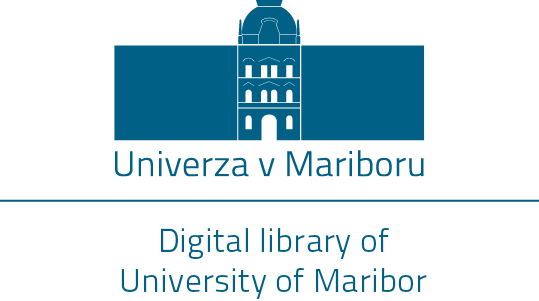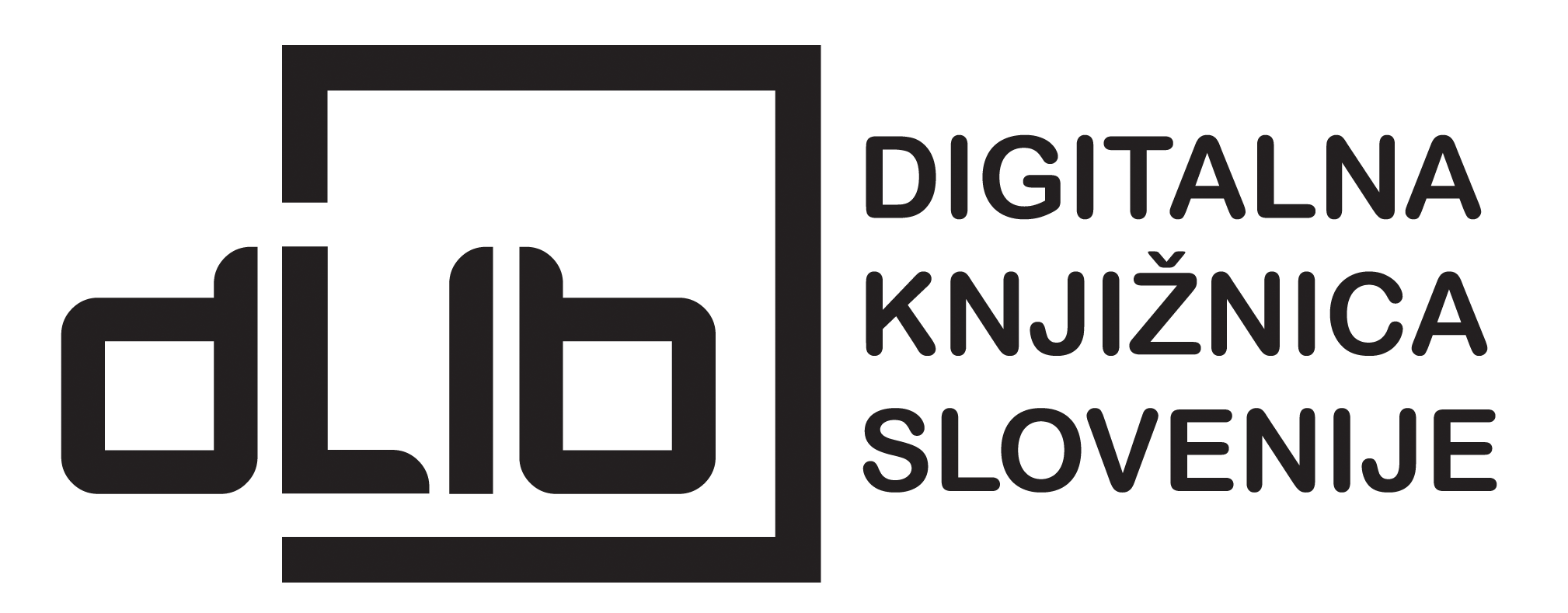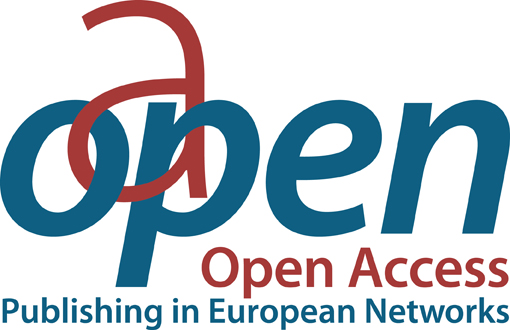Sodobna slovenska skladnja: diskurzni in slovnični vidik
Keywords:
Slovene language, Slovene syntax, grammar, discourse, textSynopsis
Contemporary Slovene Syntax: Discourse and Grammar. This linguistic inquiry is based on as well as focussed on the text, namely the text as unit of grammatical analysis as well as message conveying. Because the decisive factor, alongside the bare content, for achieving coherence of what the text is used to communicate is the communicative situation, or the interlocutor’s various positions, both the socio‑communicative aspect, which takes into account alongside the text itself all possible social circumstances and factors as well as contextual correlates, and the purely linguistic, grammatical aspect concerned with the structure of texts, are examined.
Basing a linguistic inquiry around text as well as focusing on it allows us to recognise through valency several smaller, semantically independent units within sentence formation, those being propositions (the predicate and the participants) comprising a clause within a sentence. They are encoded in a linear fashion ac‑ cording to message progression, which follows functional sentence perspective and enables clause patterns to emerge. It is those clause patterns that reveal lan‑ guage‑specific syntactic patterns while simultaneously uncovering diathetic and generative‑transformative capacities of Slovene.
Since text formation is adaptable to ongoing and relevant discursive strategies, it is possible to analyse within the textual component of a message two main, even essential, textemes: the content of the denotata (i.e. the referents of the message) and the content of the relations between the denotata (the sense of the message as well as its logical properties). The grammatical and pragmatic functions of words are subordinate yet paramount to the extent and purpose of the text. They serve to denote specific relations between denotata in the process of sentence formation while these same relations co‑form grammatical categories such as mood, voice, tense, and aspect. Put otherwise, the textual metalinguistic function by means of which structures and texts are created, is expressed grammatically. Some of the relevant grammatical‑semantic means used to formulate actual text messages in actual communicative events include functional sentence perspective, ellipsis, diathesis, and discourse particles.
The discourse‑oriented view shows that human beings cohere with their internal and external worlds through (linguistic) communication, a process during which they transmit conventionalized signs assembled into (text) messages in accordance with the properties of the chosen (linguistic) code. It is typical of communication to enable flexible cooperation among persons in large groups without stipulating that every participant know every other participant. Humans, unlike other living beings that communicate exclusively to convey reality, also possess the ability to construct stories and believe them. As such, human language is used not only to describe, but also to devise. Moreover, there are three relevant social functions of communication. First, there is control over the environment through conveying the presence of threats and opportunities pertaining to the social status of individuals or groups. Second, there is association of individuals into groups, thus forming a response to an environmental stimulus. Finally, there is transmission of the social and cultural legacy in order to maintain tradition.
The grammar‑oriented view, on the other hand, shows how valency as the funda‑ mental syntactic‑semantic category either selects or influences all other syntactic properties. It is the view of grammatical categories representative of the Slovene syntax, the typically Slovene syntactic‑semantic phenomena, and the relations between them. Valency is one of those essential syntactic‑semantic categories that is at the same time constitutive of a certain word class (being an inherent property of verbs) as well as constitutive of a word class in a syntactic perspective, be it within a phrase, a clause, or a text.
With that, our analysis begins and ends with the text. Between the two, the key syntactic phenomena with their various relations and connections are presented. On the levels of clauses, texts, or discourses, they highlight the syntactic properties and peculiarities of the Slovene language.
Downloads






